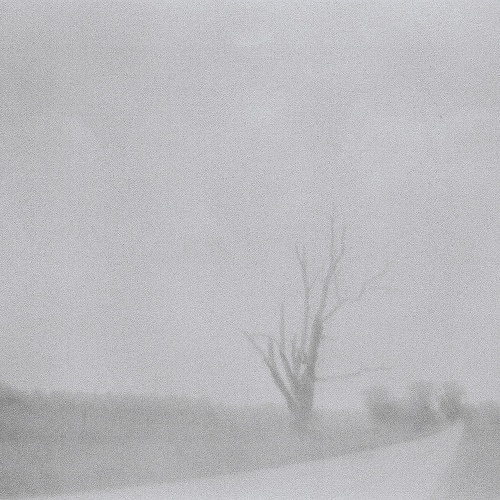Even without being a pixel-peeper, an extremist of image quality, if you use a big DSLR or a compact 200€ camera, you will quickly discover that the digital photographer enemy is digital noise. It will bring up little blurry masses, a kind of not-so-fine grain noticeably reducing the quality of our photos. But there are a few easy things to do against it. YLovePhoto gives you its Y-tips to correct, limit and reduce the digital noise before it raises up.
The cause of digital noise is inside the photo sensor itself. Short of using a sensor at a very low temperature (this is the astronomers solution, though), thermal random moves of the electrons in the sensor material will produce false color values in the sensor. These small spots are corrected (but only up to a point) by the firmware of the photo camera, but we can help it a bit.
- Use small ISO: The higher the ISO sensitivity, the more difficult it is for the sensor to amplify these small useful signals. Be specially aware of the risks involved with the “Auto ISO” mode which will choose (not always wisely) the sensitivity. Some Nikon DSLR cameras like the D7000 allow to fix your own limits to the max ISO values of the auto ISO mode; This is a good thing. The maximum value depends a lot on your camera, but today, 400 ISO are very difficult (too much?) for a compact camera, only the most modern APS-C cameras will safely reach 800 ISO, semi-pro and pro DSLR will go further. But beware: The older generations (last year!) may be limited to one or two stops lower.
- Don’t forget the noise reduction mode of your camera: This is specially true for long exposures (more than 1/10s) and nearly all cameras have a special mode to identify long exposure noise, but it is not always selected in the menus.
- Keep your camera cold: We forget it too often, this is “thermal noise”. The warmer the sensor, the more noise there will be. So, keep the camera cold. If you use the LiveView mode or video capture, give it some time (one minute?) for the sensor to cool down after these continuous and intensive uses before trying to shoot a low noise picture.
After that, there is only Photoshop, GIMP or any other photo repair software which will be able to correct what has been recorded by the sensor.

